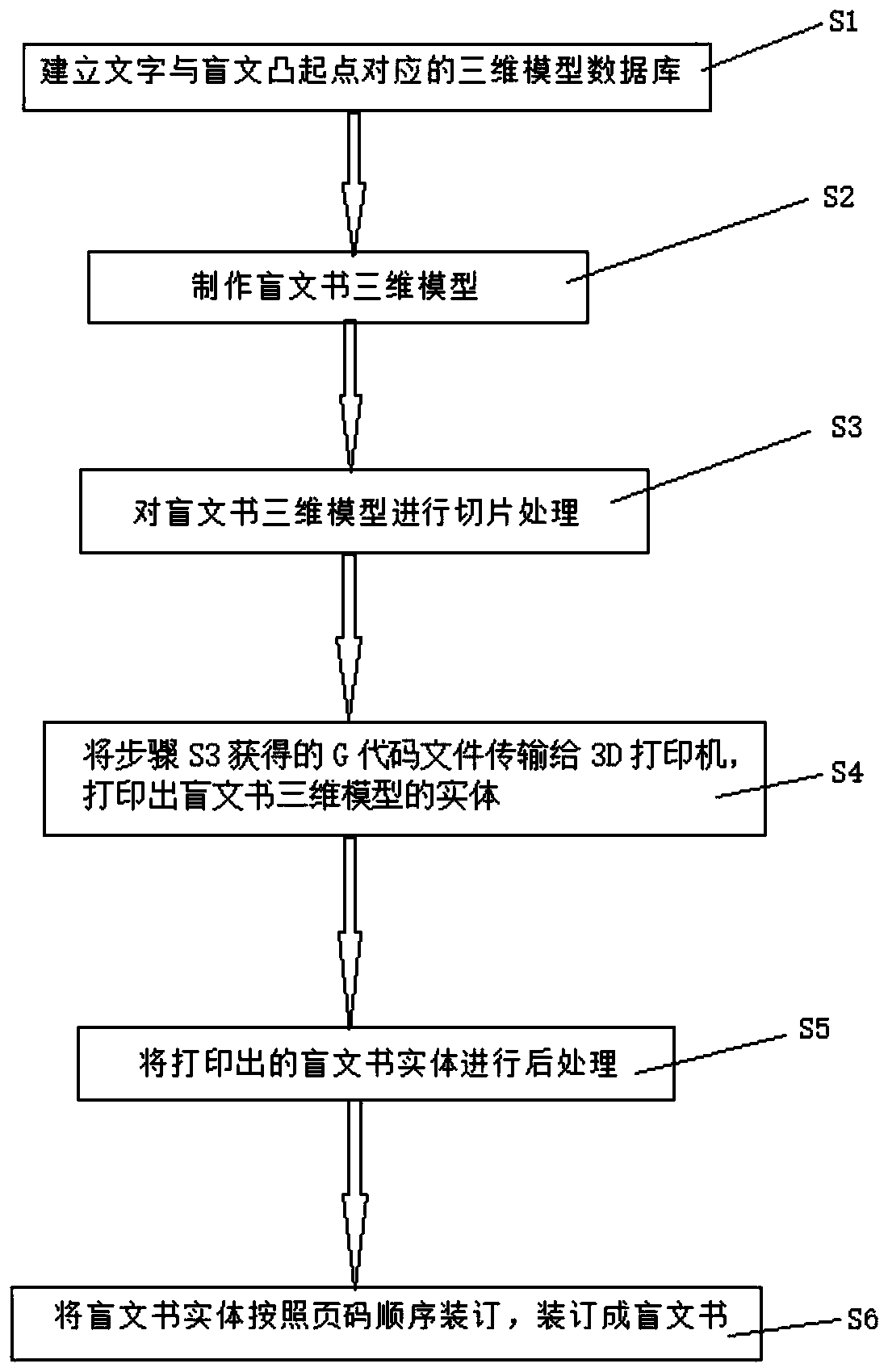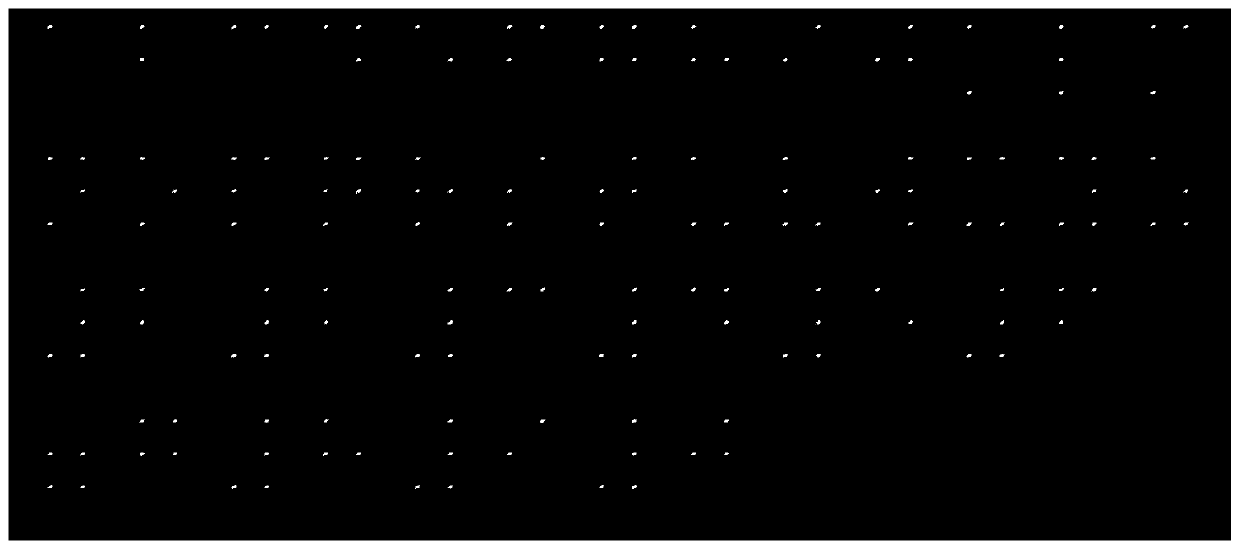3D printing method for braille books
A 3D printing and document technology, applied in 3D object support structures, additive manufacturing, instruments, etc., can solve the problems of low adhesion of braille raised points, cumbersome braille books, increase production costs, etc. The effect of preventing microbial corrosion
- Summary
- Abstract
- Description
- Claims
- Application Information
AI Technical Summary
Problems solved by technology
Method used
Image
Examples
Embodiment Construction
[0027] Exemplary embodiments, features, and aspects of the present invention will be described in detail below with reference to the accompanying drawings.
[0028] Such as figure 1 As shown, the present invention provides a method for 3D printing braille, which specifically includes the following steps:
[0029] S1. Establish a three-dimensional model database corresponding to characters and raised points in Braille: the three-dimensional model database includes a plurality of three-dimensional models, and each character corresponds to a three-dimensional model of raised points in Braille. When making a Braille book, directly edit the text and determine the edit After the text is correct, generate a 3D model of Braille raised points corresponding to the text;
[0030] S2. Make a three-dimensional model of a braille book: make a three-dimensional model of a braille page according to national standards, and arrange the three-dimensional model of the braille raised points on th...
PUM
| Property | Measurement | Unit |
|---|---|---|
| diameter | aaaaa | aaaaa |
| tensile strength | aaaaa | aaaaa |
| bending strength | aaaaa | aaaaa |
Abstract
Description
Claims
Application Information
 Login to View More
Login to View More - R&D
- Intellectual Property
- Life Sciences
- Materials
- Tech Scout
- Unparalleled Data Quality
- Higher Quality Content
- 60% Fewer Hallucinations
Browse by: Latest US Patents, China's latest patents, Technical Efficacy Thesaurus, Application Domain, Technology Topic, Popular Technical Reports.
© 2025 PatSnap. All rights reserved.Legal|Privacy policy|Modern Slavery Act Transparency Statement|Sitemap|About US| Contact US: help@patsnap.com


